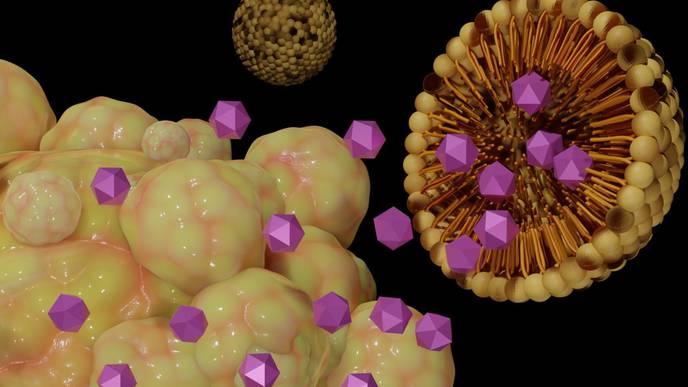ReachMD
Be part of the knowledge.™Cancer Cell Repopulation After Therapy: Which Is the Mechanism?

image: Figure 1: Presumed models of tumor cell repopulation after escaping chemoradiation.view more
Credit: 2023 Prakash and Telleria
“Approaches targeted to prevent this post-therapy cancer cell repopulation should be uncovered to prevent tumor relapse and thus increase overall survival from this devastating disease.”
BUFFALO, NY- June 23, 2023 – A new research perspective was published in Oncoscience (Volume 10) on June 1, 2023, entitled, “Cancer cell repopulation after therapy: which is the mechanism?”
The past two decades have brought great progress in the treatment of cancer as patients with the disease live longer having access to better diagnosis and therapeutic approaches. However, the disease remains incurable. One of the reasons for the high resilience of this disease is that cancer cells hide and escape from therapies thus leading to cancer recurrence. The process whereby cells escape therapy is referred to as cancer cell repopulation.
Cancer cell repopulation after therapy is a phenomenon that leads to therapeutic failure with the consequent relapse of the disease. The process is understudied and mechanisms need to be uncovered. In this new perspective, researchers Rewati Prakash and Carlos M. Telleria fromMcGill University and McGill University Health Centre discuss the issue of cancer cell repopulation after chemo- and radio-therapies.
The researchers compiled evidence alleging that the repopulation of cancer cells can be originated from either cancer stem cells resistant to therapy, cancer cells that in response to therapy become polyploid and thereafter germinate into near-diploid rapid proliferating cells, and/or cells that respond to treatment undergoing senescence as a transient mechanism to survive, followed by the reinitiation of the cell cycle.
“Perhaps the better approach to eliminate cancer cell repopulation is a combination treatment involving first chemoradiation-induced transitory senescence, followed by senolytic therapies as recently discussed by Wang and colleagues [42].”
Continue reading: DOI:https://doi.org/10.18632/oncoscience.577
Correspondence to: Carlos M. Telleria
Email: carlos.telleria@mcgill.ca
Keywords: cancer cell repopulation, cancer stem cells, polyploidy, neosis, transitory senescence
AboutOncoscience:
Oncoscience is a peer-reviewed, open-access, traditional journal covering the rapidly growing field of cancer research, especially emergent topics not currently covered by other journals. This journal has a special mission: Freeing oncology from publication cost. It is free for the readers and the authors.
To learn more about Oncoscience, visit Oncoscience.us and connect with us on social media:
For media inquiries, please contact media@impactjournals.com.
Oncoscience Journal Office
6666 East Quaker Str., Suite 1D
Orchard Park, NY 14127
Phone: 1-800-922-0957, option 4
###
Method of Research
Commentary/editorial
Subject of Research
Cells
Article Title
Cancer Cell Repopulation After Therapy: Which is the Mechanism?
Article Publication Date
1-Jun-2023
Disclaimer: AAAS and EurekAlert! are not responsible for the accuracy of news releases posted to EurekAlert! by contributing institutions or for the use of any information through the EurekAlert system.
Facebook Comments